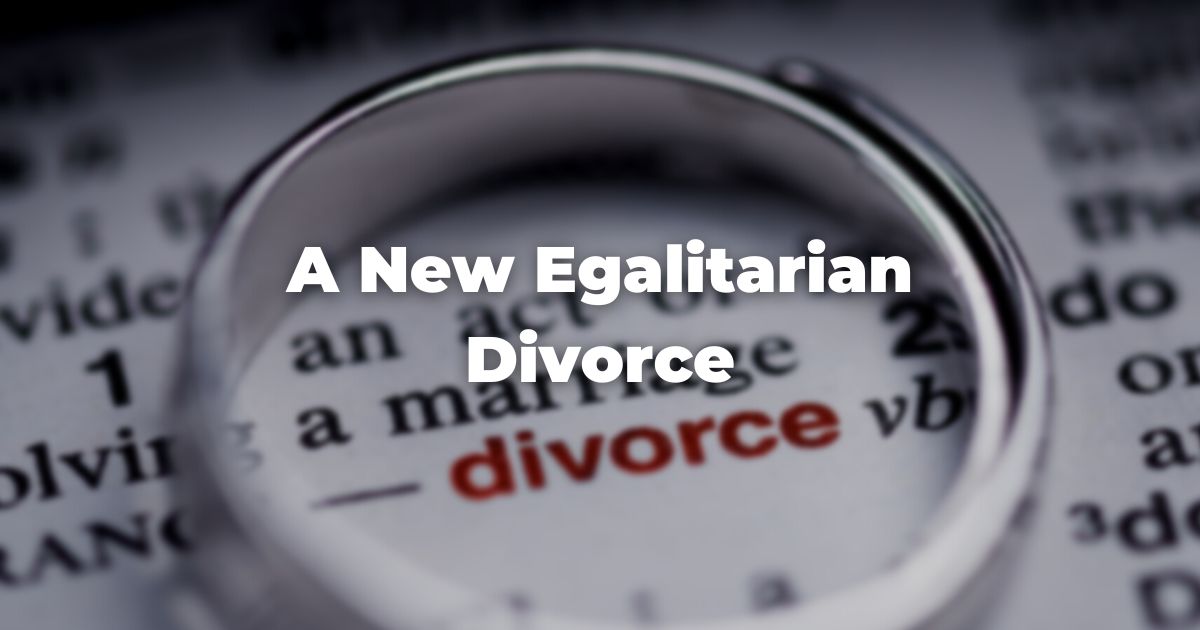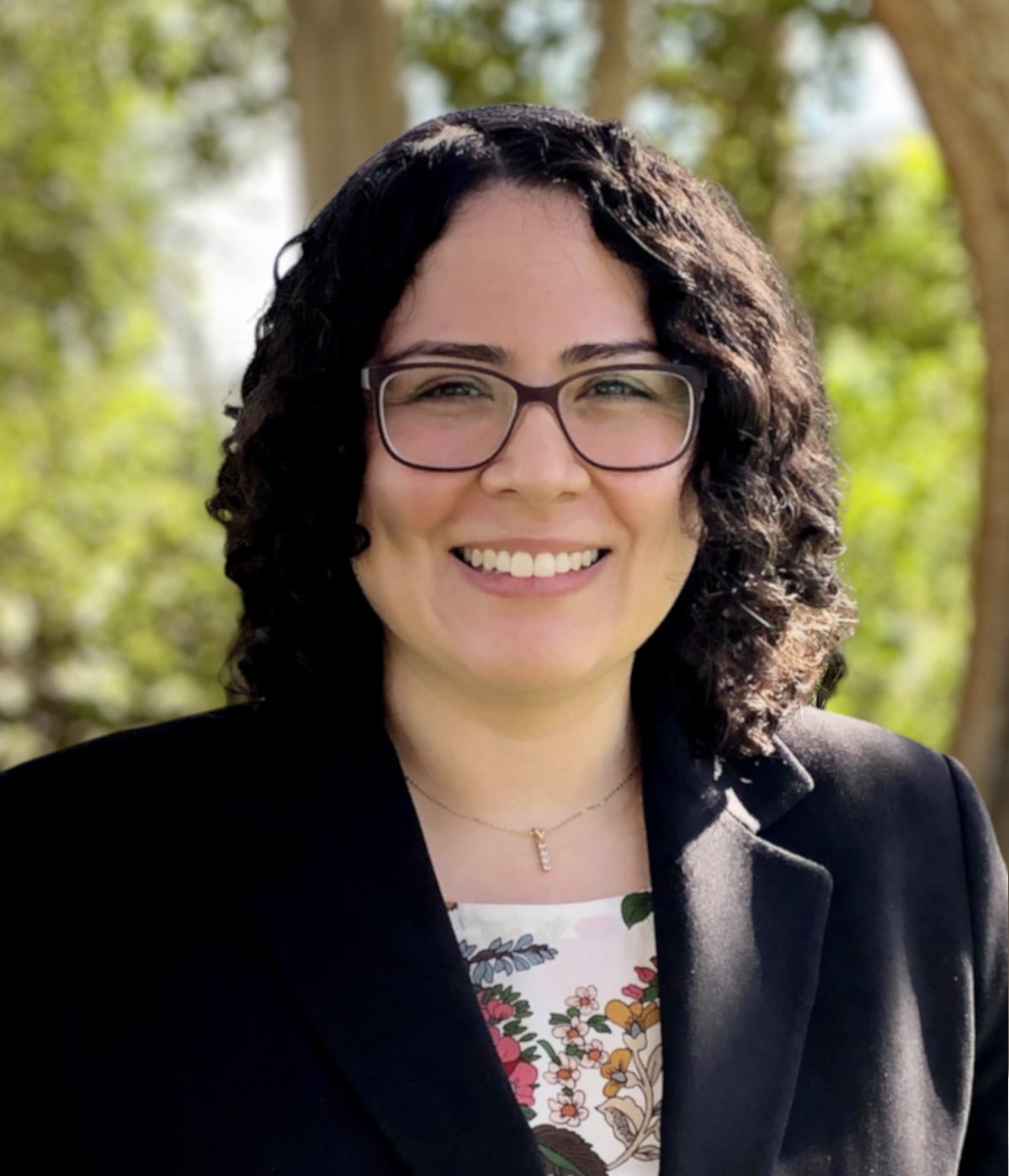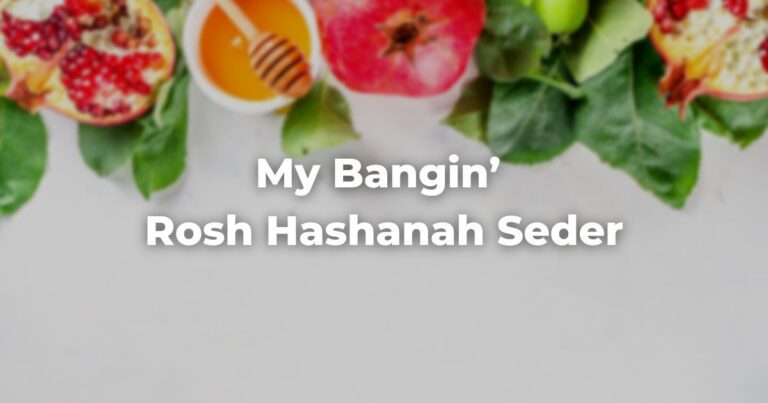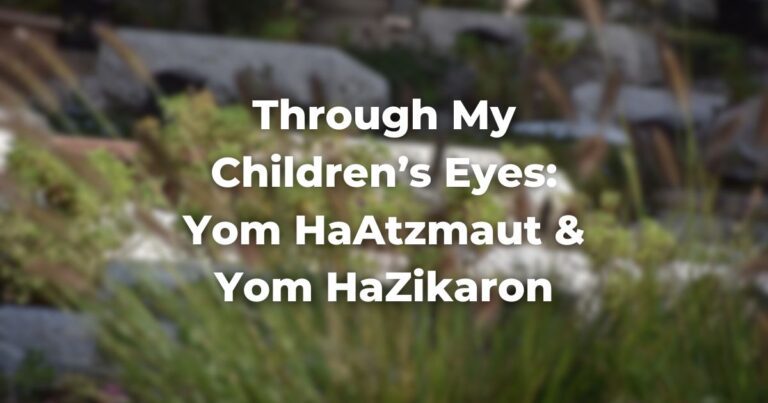How do we celebrate a marriage between equals?
How do we honor the end of a marriage through a dignified and respectful divorce process?
Rabbi Pamela Barmash has new answers to both of these questions. Her answers not only empower women, but also infuse the rites of marriage and divorce with more equality and dignity for both partners.
In her legal opinions, passed by the Conservative Movement’s Committee on Jewish Law and Standards in 2020 and 2022, Rabbi Barmash created egalitarian forms of marriage and divorce that maintain the core values, rituals, and language of their non-egalitarian predecessors.
Rabbi Barmash’s marriage teshuvah created:
- A new, egalitarian form for the wedding ceremony in which both partners make equal and reciprocal acts of kiddushin (betrothal, the first stage of the wedding ceremony). Both give rings and make mutual declarations.
- A new, egalitarian ketubah text (marriage contract) in which both partners make equal and reciprocal commitments to each other, and in which there is no differential treatment of the woman based on her marital or sexual history.
The full teshuvah on egalitarian marriage may be found here.
Marriage and divorce are ancient and evolving traditions. They are interconnected in many ways, including legally. Changes to marriage law require corresponding changes to divorce law.
The creation of a new, more egalitarian form of marriage therefore required the creation of a new, more egalitarian form of divorce.
A defining feature of Jewish marriage is kiddushin (betrothal, literally “sanctification” or “setting apart”). In the traditional form of kiddushin, a woman commits herself to a man, and to him alone. After kiddushin, the woman is forbidden to have a sexual relationship with any other man.
Crucially, if their relationship ends, kiddushin must be voided before the woman may marry another man.
Furthermore, if she gives birth to children subsequent to her marriage, those children are in danger of being assigned the pejorative legal status of mamzer (the product of adultery — related, though not the same as the English “bastard”).
Unless and until she receives a Jewish divorce decree called a get, the woman remains tied to her ex-husband indefinitely. She is called an agunah (“chained woman”) to reflect this painful and oppressive power dynamic.
There are a few potential ways to void traditional (non-egalitarian) kiddushin and thereby prevent the woman from becoming an agunah:
- Delivery of the get (divorce decree), the preferred option: In a non-egalitarian context, the husband would be required to deliver a get to the wife. He releases her with the words, “You are now permitted to any man.”
Rabbi Barmash offers an egalitarian form of the get that effectuates a divorce for a couple that has entered into egalitarian kiddushin. In two separate documents, each initiates the divorce, and each releases the other to marry any unmarried person. The divorce is finalized only after both receive the get issued by the other.
- Kiddushin al tenai (“conditional betrothal”): This prenuptial agreement retroactively invalidates the kiddushin (betrothal) and marriage if a get has not been issued within six months after a divorce in civil court.
Rabbi Barmash emphasizes the critical importance of this prenuptial agreement as protection in case a divorcing spouse refuses to give a get. Clergy in the Conservative Movement should always require kiddushin al tenai for all marriages at which they officiate that include kiddushin (egalitarian or non-egalitarian).
- Judicial Annulment: A judicial body, the Joint Beit Din of the Conservative Movement, can implement one of two procedures: hafka’at kiddushin (retroactive annulment) or mekaḥ ta’ut (dissolution on grounds of fraud or false pretenses).
- Lieberman Clause: This addition to the ketubah text was intended to empower a secular or rabbinic court to force a husband to give the get. Unfortunately, the Clause has not been effectively applied for this purpose. Nonetheless, its inclusion in a ketubah carries symbolic weight, representing the couple’s intention to follow proper divorce procedure according to Jewish law.
We hope that new guidance around the divorce process for egalitarian marriages, along with a renewed commitment to using prenuptial agreements for all marriages, will bring increased equality and dignity to both members of a divorcing couple.
Rabbi Barmash’s full teshuvah on egalitarian divorce may be found here.
*Note that both teshuvot on egalitarian marriage are applicable only to marriage between a man and a woman. In 2012, the Conservative Movement created new rituals and documents to celebrate same-sex Jewish marriage and corresponding guidance to effect divorce between same-sex couples. Read more about that important milestone here.
Author
-

Rabbi Deborah Megdal is the Associate Rabbi of Congregation Beth El in Bethesda, Maryland. She was ordained by the Jewish Theological Seminary, where she also earned a master’s degree in TalmudReferring to one of two collections, the Jerusalem and Babylonian Talmuds, edited in the 6th century, that contains hundreds of years of commentary, discussion, and exploration of the ideas in the Mishnah. One could describe it as Mishnah + Gemara = Talmud Read more and Rabbinics, a Certificate in Applied Halakhah, and academic prizes in Talmud and Jewish Law. Rabbi Megdal previously served Congregation Beit Simchat TorahRefers to the first five books of the Hebrew Bible, the Tanakh, also called the Five Books of Moses, Pentateuch or the Hebrew equivalent, Humash. This is also called the Written Torah. The term may also refer to teachings that expound on Jewish tradition. Read more in New York City, the largest LGBTQ synagogue in the world, and completed a chaplaincy rotation at MJHS Hospice. In her first career, she earned her J.D. at Yale Law School, clerked for a federal judge, and worked in commercial litigation and international arbitration at a Manhattan law firm.
View all posts






